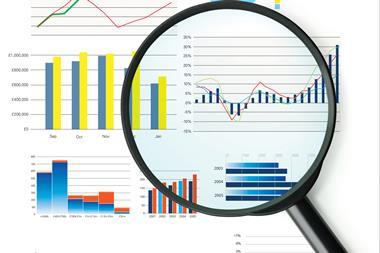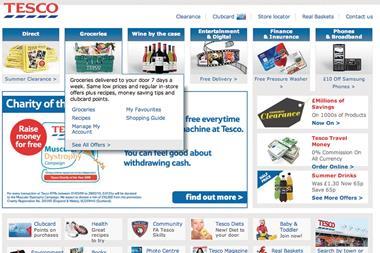The question posed by ‘big data’ is one that continues to go largely unanswered for retailers.
The question posed by ‘big data’ is one that continues to go largely unanswered for retailers - how to tackle the abundance of data gathered through millions of consumer interactions, and put it to work by extrapolating the most valuable insights.
Such is the extent of the task, a prevalent feeling appears to be that a comprehension and successful execution of big data remains a mere opportunity. However, with the ways in which we shop continuing to evolve at a particularly fast pace, the corralling of big data is much less of an opportunity and rather a worryingly underappreciated necessity.
As the threat to bricks and mortar retail grows, many retailers simply cannot afford to put the question off any longer as savvy brands such as Amazon and eBay continue to make aggressive moves to steal away further market share from the high street.
The more successful brands have already adopted a mind-set that customer data is the most important marketing tool at their disposal, and are reaping the rewards. For instance, the news that Amazon now delivers parcels to newsagents may seem a ‘so what?’ detail, but it’s these details that demonstrate an intrinsic understanding of shoppers, and delights them so.
It’s not an exaggeration to say that for many Christmas will be a crucial period for getting houses in order. Consumer habits are changing, but the festive period retains a variety of shopping traditions, and a huge opportunity for engagement.
With the emergence of m-commerce, it’s imperative that brands move quickly to put processes and systems in place to filter these mountains of data and evolve from mere one-size-fits all communications to a better customer experience.
Personalisation is the future of shopping - and this needs to extend to offline. While loyalty schemes are not the only answer, they’re at least enabling the major supermarkets and other retailers to get a head start. Both Clubcard and Nectar are exemplary in creating value for customers in exchange for information, while Tesco has even used its data as a platform to launch into the personal finance market. Its power is such that it’s able to legitimately challenge retail banks for market share. This intelligent use of data should be the preserve of all, not just a few.
Sony represents a shining example of a brand putting data to work in an intelligent way when faced with the challenges posed by the transition from physical to digital media. It understood how different people were engaged with their products at different levels - and used that as a foundation to shift the business through detailed segmentation to become as passionate about the audience as fans were about their artists.
The opportunities where analysis can be applied are vast, with few larger than the impending Christmas period. However, retailers are running out of time before their customers will vote with their feet and move on to a brand that uses data intelligently to the customer’s benefit, not just the brand’s.
To have a future in the bricks and mortar space, customer experience is paramount and thus, the adoption of a value exchange system has to be a fundamental foundation of any retail strategy moving forwards.
If retailers fail to do so this festive season, those shoppers may not be back next year, or at all.
- Julie Atherton, planning director, Indicia


























No comments yet